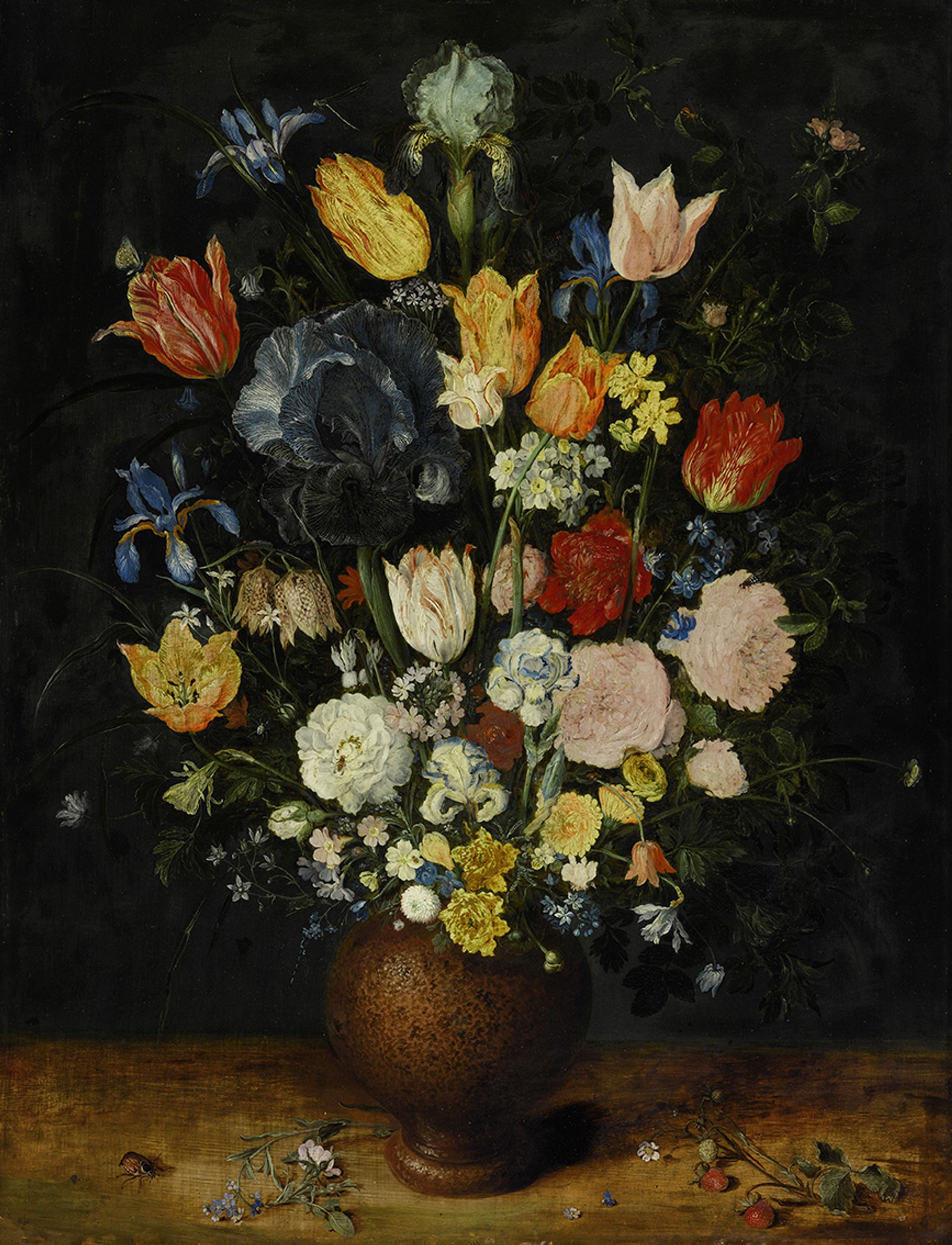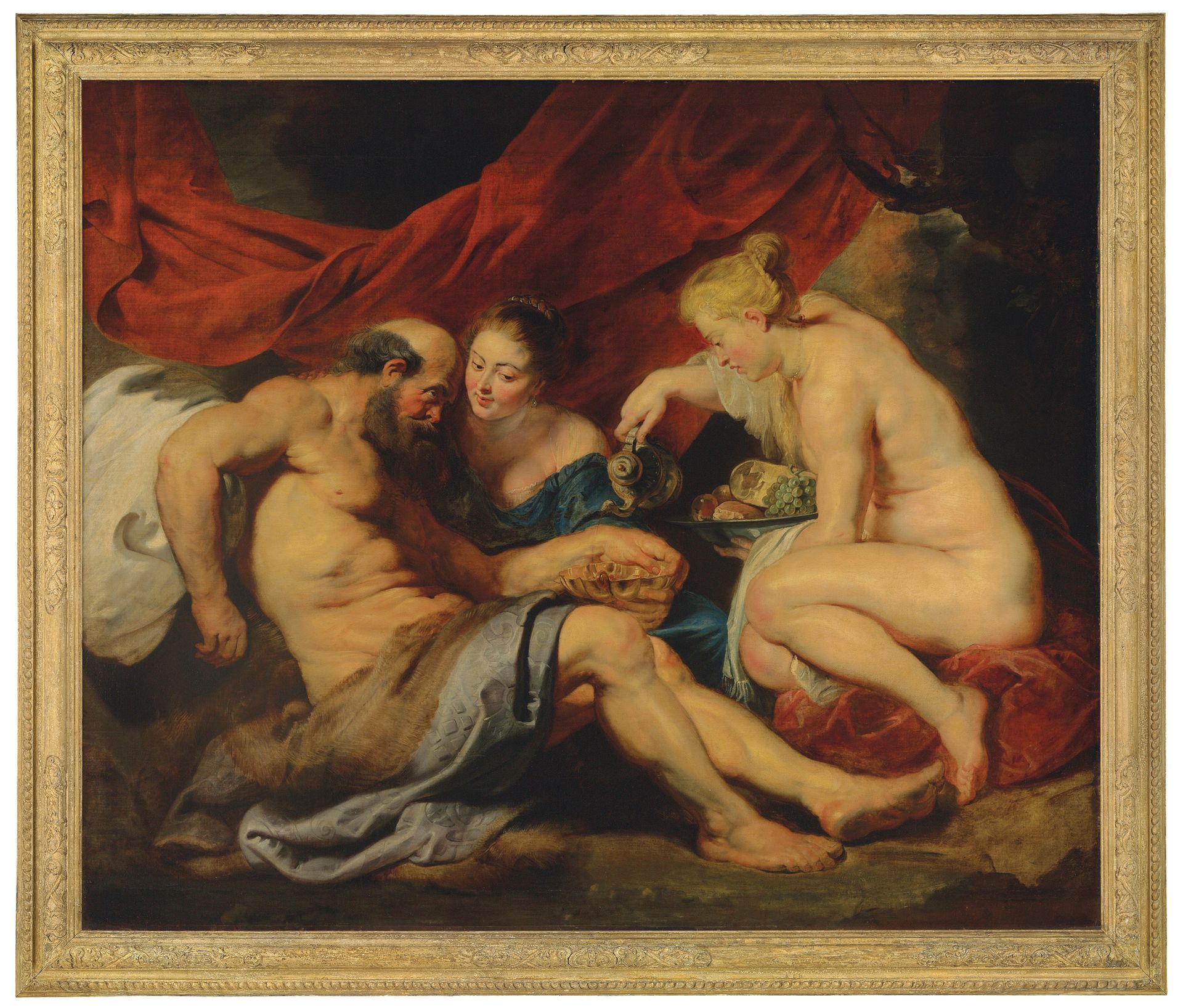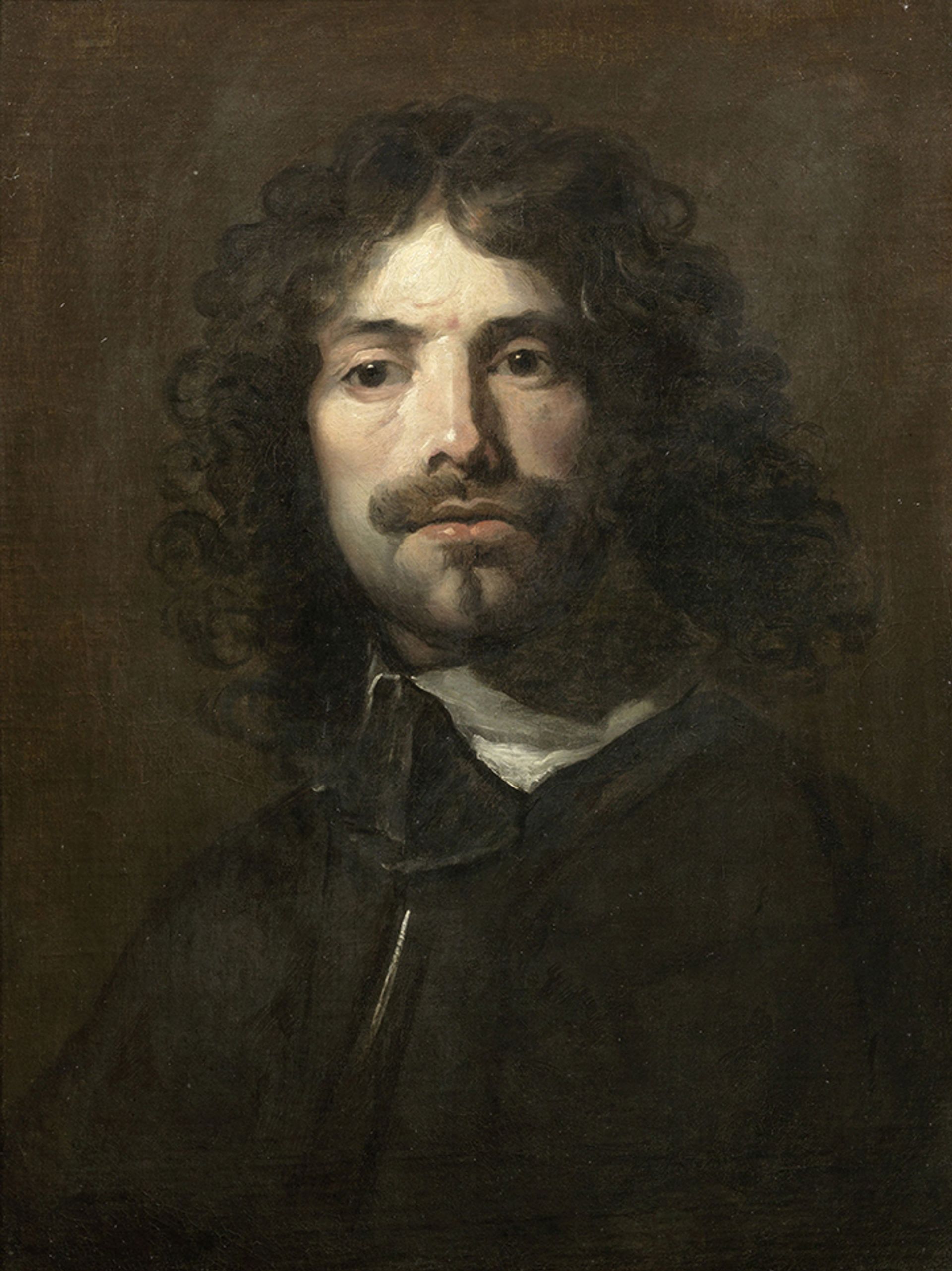Classic week in London—the European art market’s last hurrah before the summer break—has seen some promising results at the evening auctions, with several records set for artists with notable works consigned, though bidding was thin at Sotheby’s.
Sotheby’s was up first, on 6 July, with a 43-lot sale that carried a modest estimate of £20.4m-£31.2m. The evening’s hammer total was an underwhelming £13.8m (£16.5m), with a sell through rate of 65%. Alex Bell, the international head of the Old Masters department, said “it’s a funny time”, referring to the post-Brexit atmosphere. Despite the low total, however, the sale saw bidders from more countries than this time last year.

The sale broke eight artist records—for Jean-Etienne Liotard, Marten van Cleve the Elder, Niccolò di ser Sozzo, Pacino di Bonaguida, Barthel Beham, Louis-Gabriel Blanchet, Dominic Serres and a still-life by Jan Brueghel the Elder.
The Dutch Old Masters dealer Johnny Van Haeften secured Van Cleve the Elder’s Outdoor Wedding Dance (painted after 1570) for a record £880,000 (£1.1m with fees; est £100,000-£150,000), while the Italian dealer Fabrizio Moretti bought a rather undervalued work by the Florentine Renaissance artist Pacino di Bonaguida, The Miracle of the Tomb of Saint Proculus (1315-20), for £350,000 (£425,000 with fees; est £50,000-£70,000).
The cover lot, Jean-Étienne Liotard’s Dutch Girl at Breakfast (1755-56), sold on a single bid for £3.8m (£4.4m with fees; est £4m-£6m)—perhaps not the most exciting bidding war, but still more than three times the previous record. The London-based dealer Lowell Libson bought it on behalf of an undisclosed Northern European institution.
Christie’s fetched a more encouraging £57.5m (£65.4m with fees; est £36.4m-£54.9m) on the following night (7 July), with 77% of lots sold, or 33 out of 43. Overall the atmosphere was more lively, and several lots saw extensive bidding from the US, Europe and Asia.

One buyer, on the phone with Francis Outred, the head of post-war and contemporary art for Europe (whose clients tend to be from that category), went on an Old Masters spending spree, securing not only Rubens’s Lot and his Daughters (1613-14) for £40m (£44.9m with fees; est £20m-£30m), a record for any Old Master painting sold at Christies, but also Pieter Brueghel the Younger’s Four Seasons series (dated 1624—the last full set in private hands) for £5.7m (£6.5m with fees; est £3m-£5m) and The Payment of the Tithes (around 1615-17) for £420,000 (£506,500 with fees; est £300,000-£400,000). The Rubens was subject to a 15-minute bidding war that culminated in Outred, on the phone, winning the lot against the house’s Rebecca Wei, also on the phone, and the New York-based dealer Bob Haboldt, in the room.
The house also set records for David Teniers the Elder, Bernardino Luini and Donato Creti. “The last four weeks in London have been very important for the market as a whole: it’s found its feet and we know where to set the prices,” said auctioneer Jussi Pylkkanen after the sale.
“The Sotheby's sale had some beautiful things, but a great Liotard just doesn't have the global appeal of big brand names like Rubens and Brueghel. It appears that Christie's were able to attract stronger international bidding, and their sale clearly appealed to bidders from the contemporary field,” says the adviser Hugo Nathan, a director at Beaumont Nathan Art Advisory.

Meanwhile, self-portraits seem to be in vogue this year: Bonhams sold the earliest known self-portrait by William Dobson (1635-40) for £920,000 (£1.1m with fees; est £200,000-£300,000), to a private English collector at the start of the week. At the Sotheby's works on paper sale, a self-portrait by Sir Peter Lely (around 1655-60), which had remained with the artist’s descendants for almost 360 years, sold for a record £720,000 (£869,000 with fees; est £600,000-£800,000), eclipsing the previous record of £12,650, set in 1997.

